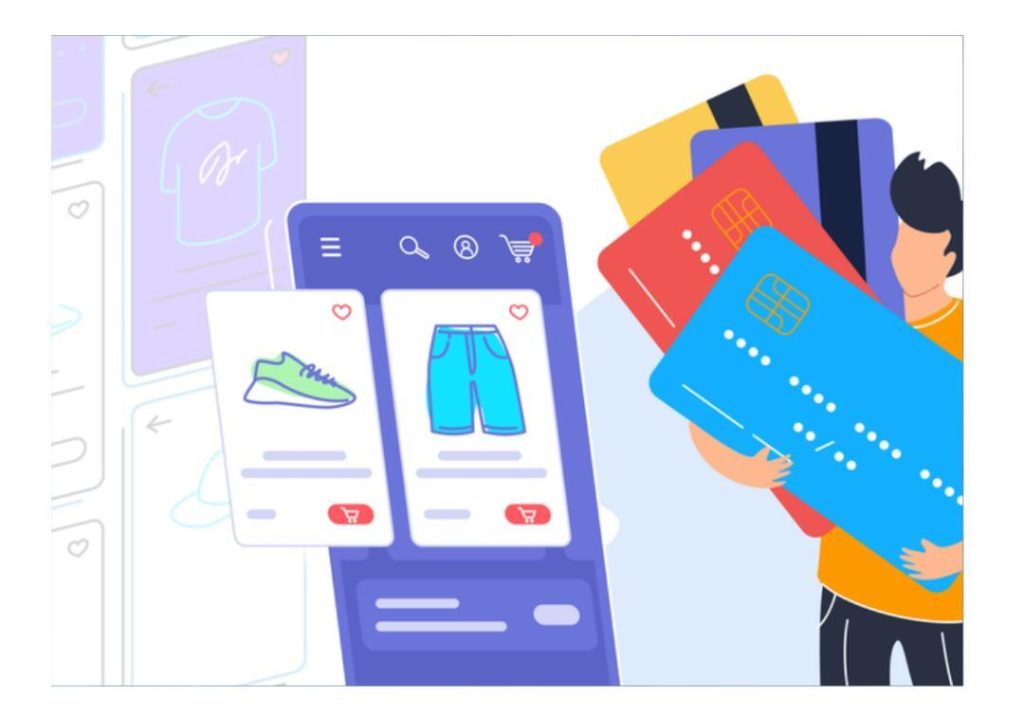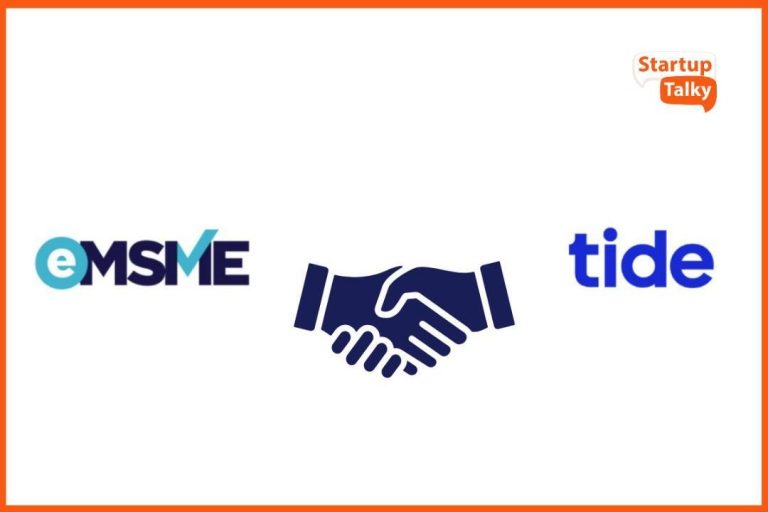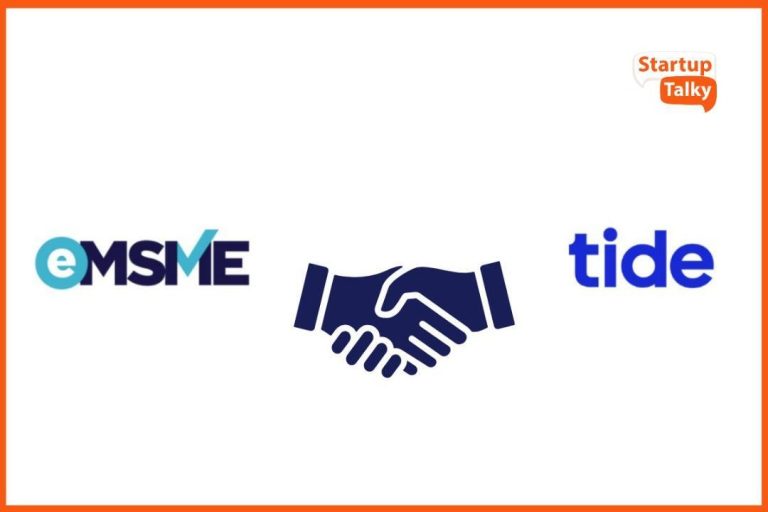
Are Personalised Offers Boosting Conversions in India?
In the rapidly evolving Indian e-commerce landscape, one trend is gaining momentum: the rise of personalised offers. Gone are the days of blanket discounts; instead, brands are opting for tailored campaigns that cater to individual users’ preferences, location, and purchase history. The outcome? A more engaging shopping experience that resonates with customers and drives conversions.
As the Indian e-commerce market continues to grow, with estimates suggesting it will reach $150 billion by 2025, brands are scrambling to stay ahead of the curve. One key strategy is personalisation – crafting offers that feel custom-made for each user. In this blog post, we’ll delve into the world of personalisation in Indian e-commerce, exploring its benefits, challenges, and the brands that are getting it right.
The Shift from Blanket Discounts to Personalised Offers
In the early days of e-commerce, discounts were the name of the game. Brands would offer blanket discounts to drive sales, often with little consideration for the customer’s individual preferences or behaviors. While this strategy may have generated short-term gains, it lacked a human touch and failed to build meaningful connections with customers.
Fast-forward to today, and the landscape has changed dramatically. With the rise of data analytics and machine learning, brands can now create highly targeted and personalised offers that speak directly to each user’s needs. This approach not only drives conversions but also fosters loyalty and encourages repeat business.
How Personalisation is Being Implemented in Indian E-commerce
So, how are Indian brands implementing personalisation in their marketing strategies? Let’s take a look at some examples:
- Regional Festival Offers: Zomato, the popular food delivery platform, leverages regional festivals to offer customised discounts and promotions. During Diwali, for instance, Zomato offered a “Diwali Dhamaka” deal, exclusive to users in specific regions.
- Style Recommendations: Myntra, the fashion e-tailer, uses AI-powered algorithms to suggest styles based on users’ browsing and purchase history. This approach not only increases conversions but also enhances the overall shopping experience.
- Location-Based Offers: Ola, the ride-hailing giant, offers location-based discounts and promotions to users in specific areas. For example, during the 2020 IPL season, Ola offered discounted rides to users in certain cities.
- Social Media Personalisation: H&M, the global fashion brand, uses social media to offer customised offers to users. By leveraging user data and preferences, H&M creates targeted ads that resonate with its audience.
The Benefits of Personalisation in Indian E-commerce
So, what are the benefits of personalisation in Indian e-commerce? Let’s take a closer look:
- Increased Conversions: Personalised offers are more likely to resonate with users, driving conversions and revenue growth.
- Improved Customer Experience: By catering to individual preferences and behaviors, brands can create a more engaging and seamless shopping experience.
- Enhanced Customer Loyalty: Personalisation fosters a sense of connection and understanding between brands and customers, leading to increased loyalty and repeat business.
- Competitive Advantage: Brands that adopt personalisation strategies can differentiate themselves from competitors and establish a unique market presence.
Challenges and Considerations
While personalisation offers numerous benefits, there are also challenges and considerations to keep in mind:
- Data Collection and Analysis: Brands must collect and analyse large amounts of user data to create effective personalised offers. This requires significant investments in infrastructure and personnel.
- Data Privacy Concerns: The collection and use of user data raises concerns around data privacy and security. Brands must prioritize transparency and ensure that user data is protected.
- Scalability: Personalisation strategies must be scalable to accommodate large user bases and varying user behaviors.
- Balancing Personalisation with Mass Appeal: Brands must strike a balance between personalisation and mass appeal, ensuring that their offers resonate with a broad audience while still catering to individual preferences.
The Future of Personalisation in Indian E-commerce
As the Indian e-commerce landscape continues to evolve, personalisation will play an increasingly crucial role. Brands that adopt personalisation strategies will not only drive conversions but also build meaningful connections with customers.
To stay ahead of the curve, brands must invest in data analytics, machine learning, and AI-powered technologies. They must also prioritize transparency and data security, ensuring that user data is protected and respected.
In conclusion, personalisation is no longer a nicety but a necessity in Indian e-commerce. By crafting offers that feel custom-made for each user, brands can drive conversions, improve customer experience, and establish a competitive advantage. As the Indian e-commerce market continues to grow, one thing is clear: personalisation is the key to success.
Source:
https://www.growthjockey.com/blogs/how-marketing-driving-ecommerce-in-india




